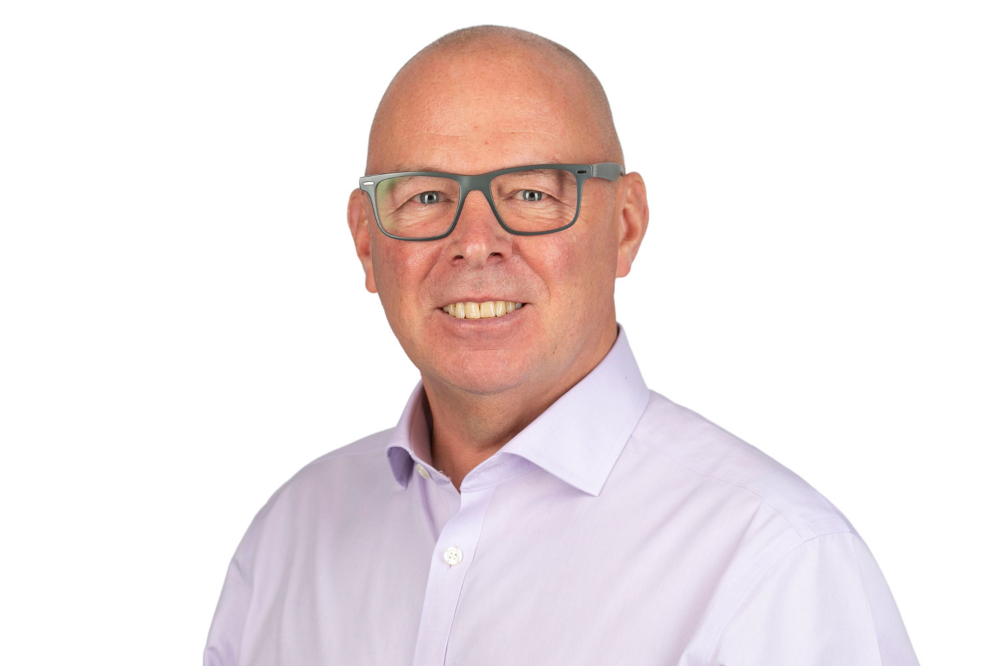![]()
“This is my last job, I won’t ever have another job after this,” McManus said. “But this is also the only business that I think I’ve ever been able to influence the culture of. Of course, we started more or less from scratch, so we didn’t have a culture to inherit. In my previous roles, I’d worked in companies that were sometimes 200 or 300 years old and trying to influence their culture or even move it even one degree is kind of impossible no matter how senior you are.
“But in this business, we wanted something really simple to understand – whether you are an 18-year-old apprentice or a 62-year-old manager – to put it simply, we want our culture to be defined by collaboration. And that’s collaboration with purpose for the benefit of our clients.”
Read more: PIB Group swoops for two insurance brokers
That culture is at the root of all the market moves made by PIB – of which there have been many in recent weeks, with January 2022 seeing the business welcome four acquisitions. Touching on this M&A activity, McManus highlighted that PIB does not measure success by comparing itself to its competitors but rather focuses on forging its own path. Right now, he said, the group has a strong pipeline and quite a lot of deals in due diligence, keeping the M&A team very busy.
It’s an exciting time in the market, McManus said, because COVID-19 did hamper deal-making due to travel restrictions but now he and the team are embracing the opportunity to get back out into the wider European market to tell the PIB story and build strong relationships with potential vendors once more. The intermediary group’s recent trio of acquisitions in Ireland reflects the depth and strength of broking opportunities available there. The Irish market is becoming more consolidated but PIB has identified several businesses as solid prospects and is delighted to see the collaboration already emerging between their existing Irish businesses.
Similarly, the group is exploring prospects elsewhere in Europe, as emphasised by its recent acquisition of the Polish firm Brokers Union, as Poland boasts a range of opportunities including a well-educated workforce, a variety of specialist businesses and a good GDP. However, PIB has no intention of limiting its focus to Poland and Ireland, he said, and there will be other EEC countries that the team will be looking to invest in over the upcoming period.
Despite the geographic variety of businesses that pique PIB’s interest, McManus emphasised that there is a clear through-line in the firms it looks to invest in. The intermediary focuses on businesses that have a specialism and are prominent within that specialism, he said, because he has seen that specialist businesses tend to have a closer relationship with their clients, due to the depth of industry insight they can offer them.
“It’s not just about being the lowest price,” he said. “And we also know that when there are more difficult economic times, and we’ve had some recently, that specialist businesses not only retain their clients better than a general business, but they also continue to grow… We’re investing in these businesses with a purpose. That always starts with strategy… And we tend to focus on people that have got a core central focus on a vertical or an industry sector and we will continue to do that.”
In addition to, but also running through PIB’s M&A focus, are three key pillars – people, tech and performance. People are integral to PIB’s success, McManus said, and its entire M&A strategy hinges on having great relationships with vendors to ensure strong collaboration going forward. PIB buys and invests in businesses that are managed by excellent people because they want to empower those same people to continue to successfully run their firms.
Backing up this people focus, PIB is making substantial investments in its learning and development across the wider group for its staff. It’s also currently recruiting about 200 more people to join the team, McManus said, and the larger its team becomes the more critical this L&D investment becomes as well. These initiatives will be centred on people at every level, whether that’s technical training for apprentices, management training for new managers, or MBAs for senior people.
“Becoming a big business doesn’t need to be complicated,” he said. “I think we can keep it fairly simple. The critical thing for us is that we keep our people. If we keep our people, we keep our clients, we keep the revenue, and then we can grow. There’s always going to be some turnover but if too many people leave, then that makes it difficult to service your clients and it makes it difficult to retain your revenues and it makes it impossible to grow. People are a critical part of this business, we don’t have a lot of big, silver machines that do all the work. It’s the people that do it and it’s the people who build relationships with clients.”
Supporting those same people is PIB’s continuous investment in its tech platforms and that capital expenditure isn’t slowing down, he said, as the group continues to invest significantly in these systems. People and tech will continue to be key areas of emphasis for the business going forward, as it’s not looking to change its strategy of investing in specialist commercial-lines driven businesses.
Read more: PIB Group welcomes first deal of 2022
“We’ve got a long way to go in Europe,” he said. “I think we’ve got another four or five years before we’re where we want to be there but once we’ve got good traction in Europe, we’ll also start to look at other geographies. We’re looking at Asia, we’re looking at the US and Canada as well and we’re thinking about the long-term future for this business.”
From McManus’s perspective, PIB is now in the position of coming out of its teenage phase, the business is growing up and everything is starting to come together very well. That’s not to say that there are not certain elements the group would like to do better, he said, and he knows they’re not getting everything 100% right yet. Key areas for improvement will include continued investment in technology and upgrading infrastructure but, overall, the business is now very well-placed to be considering its long-term future.
“And that long-term future is that PIB will remain privately financed,” he said. “Of course, we’ll need to refinance our business from time to time, we’ll bring in new investors from time to time. But it’s never our intention to say sell this business to one of the alphabet brokers, as some of our competitors have done. We won’t do that. And I always describe PIB as being a destination business – whether you come here to work or whether we invest in your business, we won’t then sell you on to somebody else again. You’ll remain PIB.
“That’s a very important part of our proposition and you can only do that if you’re really successful and you continue to give your investors a great return as then they want to keep on investing more and more. So, our performance is the third leg of that [strategic] stool. It’s learning and development, it’s technology but it’s also making sure we’re performing really well, as giving our investors a great return is an important part of making sure that our future remains in our own hands.”
Source




















